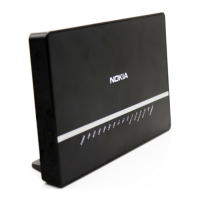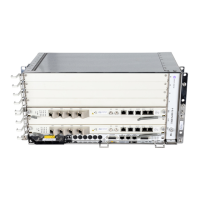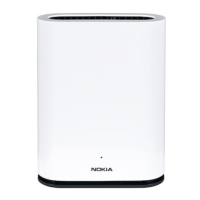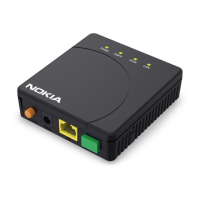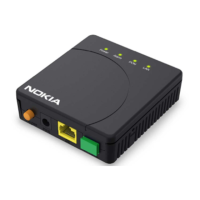Virtual Private LAN Service
222
FD 100/320Gbps NT and FX NT IHub Services Guide
3HH-11985-AAAA-TQZZA Issue: 13
5.10.1 BGP AD Overview
The BGP protocol establishes neighbor relationships between configured peers. An
open message is sent after the completion of the three-way TCP handshake. This
open message contains information about the BGP peer sending the message. This
message contains Autonomous System Number (ASN), BGP version, timer
information and operational parameters, including capabilities. The capabilities of a
peer are exchanged using two numerical values: the Address Family Identifier (AFI)
and Subsequent Address Family Identifier (SAFI). These numbers are allocated by
the Internet Assigned Numbers Authority (IANA). BGP AD uses AFI 65 (L2VPN) and
SAFI 25 (BGP VPLS).
The complete list of allocations may be found at:
http://www.iana.org/assignments/address-family-numbers
The complete details about SAFI may be found at:
http://www.iana.org/assignments/safi-namespace
5.10.1.1 Information Model
Following the establishment of the peer relationship, the discovery process begins
as soon as a new VPLS service instance is provisioned on the PE.
Two VPLS identifiers are used to indicate the VPLS membership and the individual
VPLS instance:
• VPLS ID — Membership information, unique network wide identifier; same value
assigned for all VPLS switch instances (VSIs) belonging to the same VPLS;
encodable and carried as a BGP extended community in one of the following
formats:
• a two-octet AS specific extended community
• an IPv4 address specific extended community
• VSI-ID — The unique identifier for each individual VSI, built by concatenating a
route distinguisher (RD) with a 4 bytes identifier (usually the system IP of the
VPLS PE); encoded and carried in the corresponding BGP NLRI.
In order to advertise this information, BGP AD employs a simplified version of the
BGP VPLS NLRI where just the RD and the next 4 bytes are used to identify the
VPLS instance. There is no need for Label Block and Label Size fields as T-LDP will
take care of signaling the service labels later on.
The format of the BGP AD NLRI is very similar with the one used for IP VPN as
depicted in Table 110. The system IP maybe used for the last 4 bytes of the VSI ID
further simplifying the addressing and the provisioning process.

